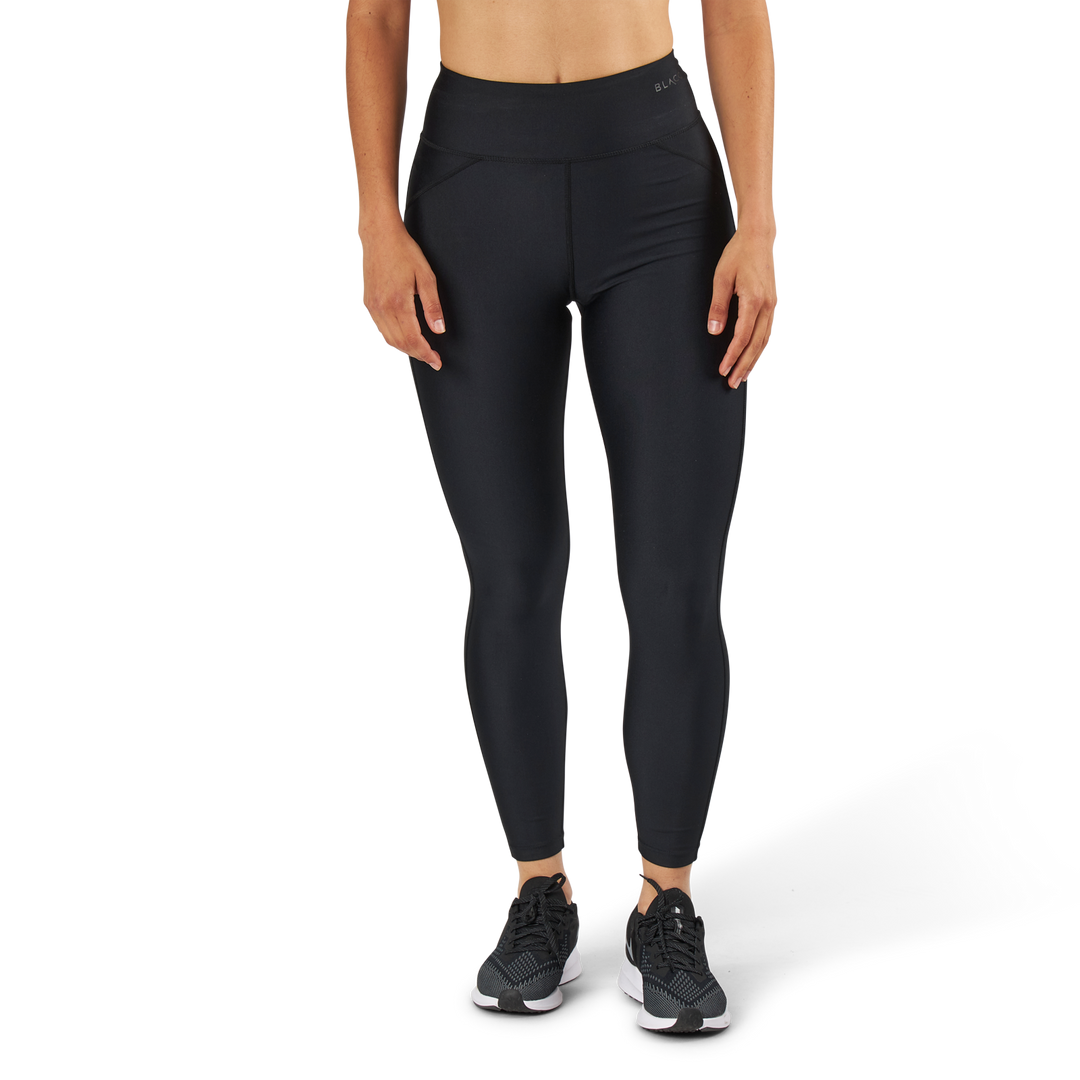
Train Balance: Exercises and Tips for Better Stability
Why is Balance Training Important?
Balance refers to the body's ability to control its position and movement in relation to gravity. By training balance, we improve the interaction between muscles, joints, and the nervous system, giving us better body control and stability. Good balance is important at all ages and can help us:
- Avoid falls and injuries
- Perform better in sports and physical activities
- Improve posture and reduce back pain
- Maintain mobility and independence as we age
Balance Exercises You Can Do at Home
There are many simple exercises you can do at home to train balance without needing any special equipment. Here are some examples:
1. Stand on One Leg
Stand on one leg for 30-60 seconds, switch legs and repeat. For an extra challenge, close your eyes or stand on a soft surface like a pillow.
2. Heel-to-Toe Walk
Walk forward in a straight line with the heel of your front foot touching the toes of your back foot. Keep your gaze fixed on a point in front of you. Walk 10-20 steps, turn around and walk back.
3. Calf Raises
Stand with your feet hip-width apart and lift your heels as high as you can. Hold the position for 5-10 seconds, lower down and repeat 10-15 times.
Balance Exercises at the Gym
At the gym, there are several pieces of equipment and machines that can be used to train balance, such as:
1. Balance Board or Balance Disc
Stand on the board/disc with both feet and try to keep it balanced. Vary by standing on one leg, doing squats, or performing arm movements.
2. Exercise Ball
Sit on an exercise ball with your feet on the floor and keep your back straight. Lift one foot a few inches off the floor, hold for 5-10 seconds and switch legs. Repeat 10-15 times per leg.
3. Step Platform
Step up and down from a step platform in different directions - forward, backward, and sideways. Keep the pace slow and focus on landing softly and in control.
Tips for Effective Balance Training
- Train balance regularly, ideally 2-3 times per week
- Challenge yourself gradually with more difficult exercises
- Vary the surface - train on both stable and unstable surfaces
- Include balance elements in your regular workout, e.g., during the warm-up or as active rest between strength exercises
- Be patient - balance improvement takes time but yields long-term results
By incorporating balance training into your workout routine, you lay the foundation for a stronger, more stable, and more functional body. Whether you're a casual exerciser or an elite athlete, better balance can give you increased movement quality and confidence in your physical activities. So step onto the balance board, challenge gravity, and discover the joy of finding your stable center!












